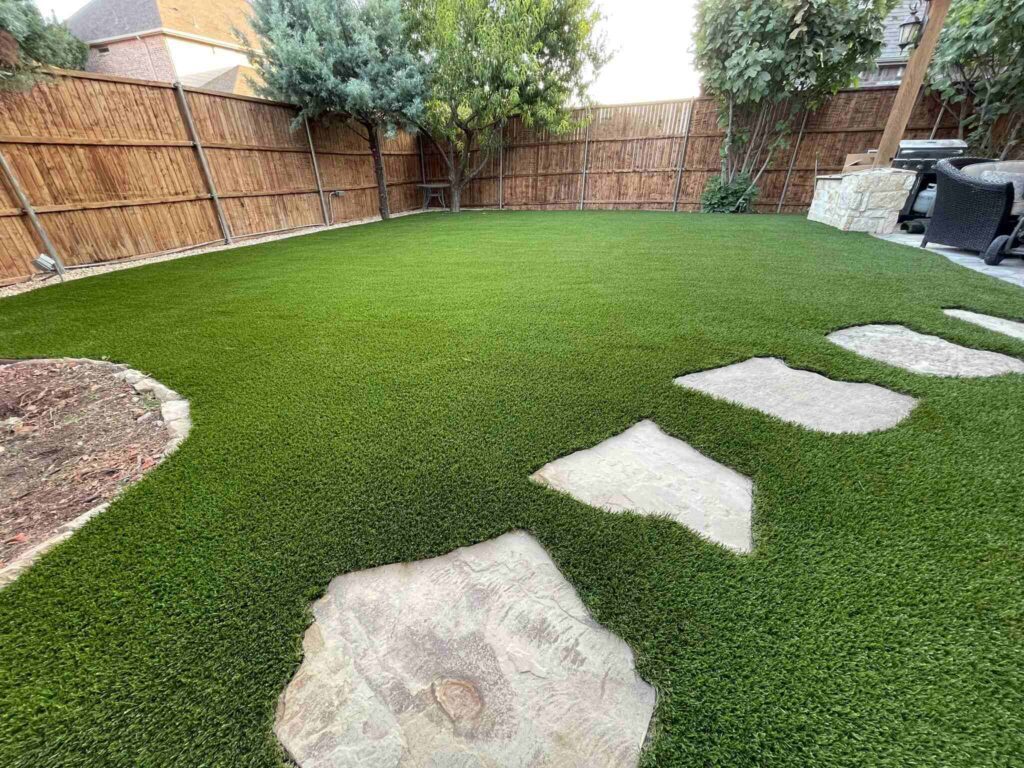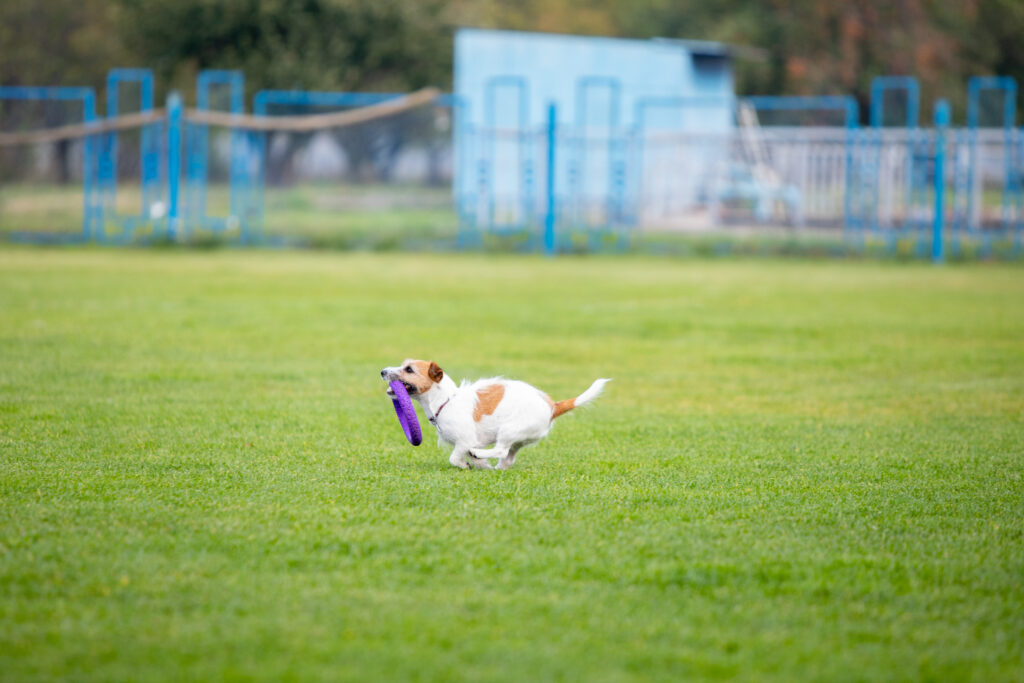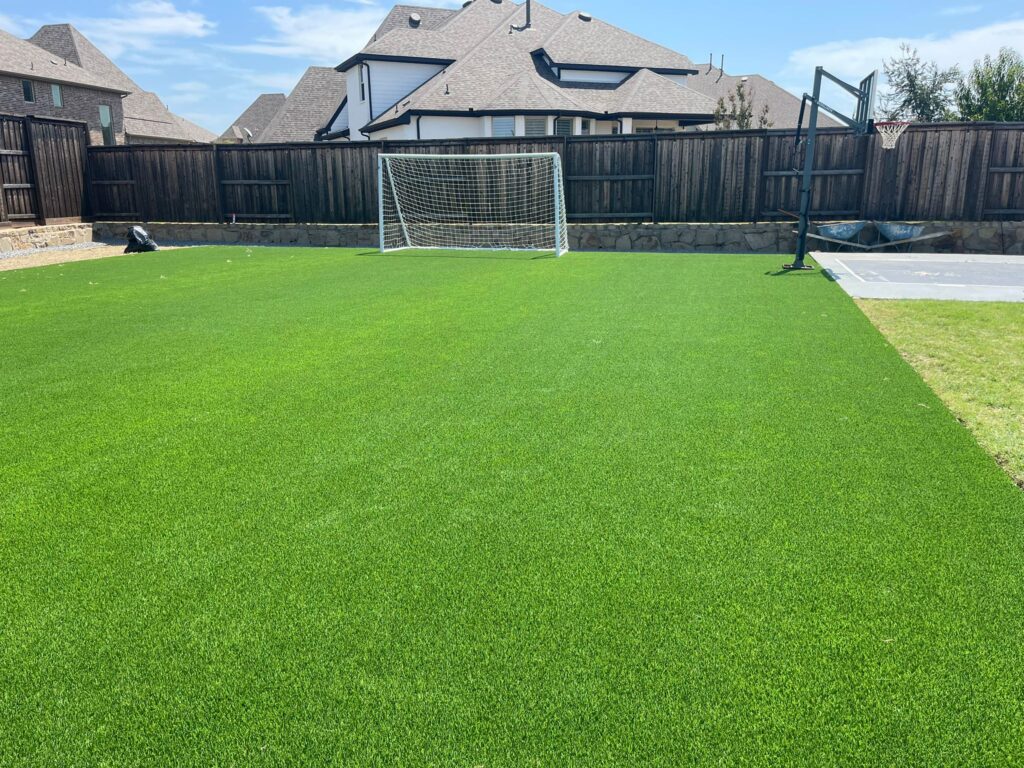Introduction
Have you ever dreamed of having a lush, green lawn year-round? Maintaining a vibrant yard through every season can feel like an impossible task. But with the right turf grass, this dream can become a reality. If you’re looking for a lawn that stays green and healthy throughout the year, turf grass might be your answer in all seasons.
Here, we’ll explore everything you need to know about turf grass in all seasons. From its benefits to choosing the right type and maintenance tips, this guide is designed to help you achieve the perfect lawn. Whether you’re a homeowner, landscaper, or gardening enthusiast, these insights will equip you with the knowledge to make your yard the envy of the neighborhood.
Choosing the Right Type of All Seasons Turf Grass
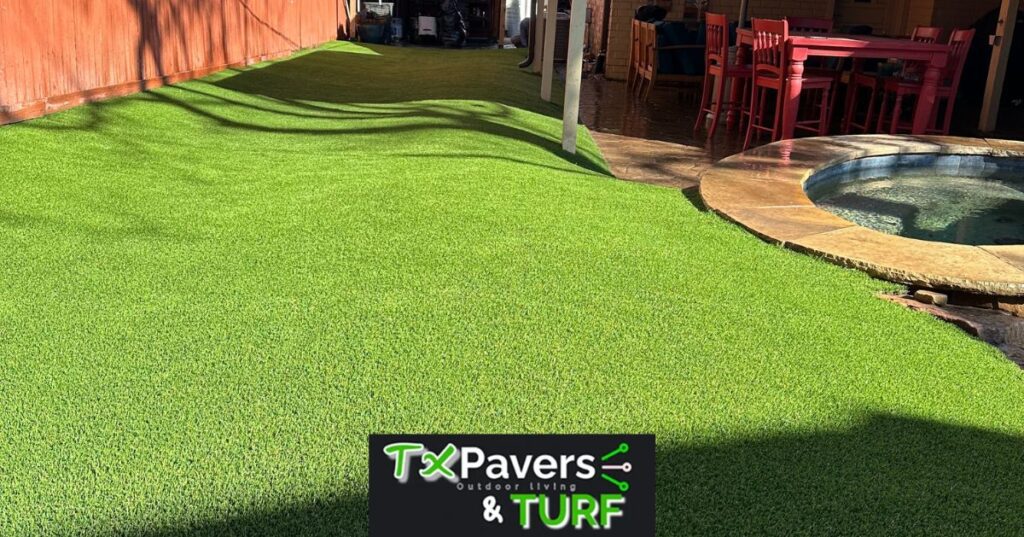
Understanding Climate Compatibility
Before selecting turf grass for all seasons, it’s crucial to understand your local climate. Different types of turf grass thrive in various conditions. Researching what works best in your area will ensure that your lawn remains healthy and vibrant throughout the year.
Popular Varieties
Several varieties of all-season turf grass are popular among homeowners and landscapers. Bermuda grass, for example, is known for its heat tolerance and quick growth. Kentucky bluegrass, on the other hand, thrives in cooler climates and offers a soft, lush texture. Choosing a suitable variety depends on your specific needs and environmental conditions.
Consulting with Experts
If you need help deciding which type of turf grass to choose from in all seasons, consulting with a landscaping professional can be beneficial. They can provide insights tailored to your specific situation and help you make an informed decision. Many nurseries and garden centers also offer expert advice and resources.
Planting All Seasons Turf Grass
Soil Preparation
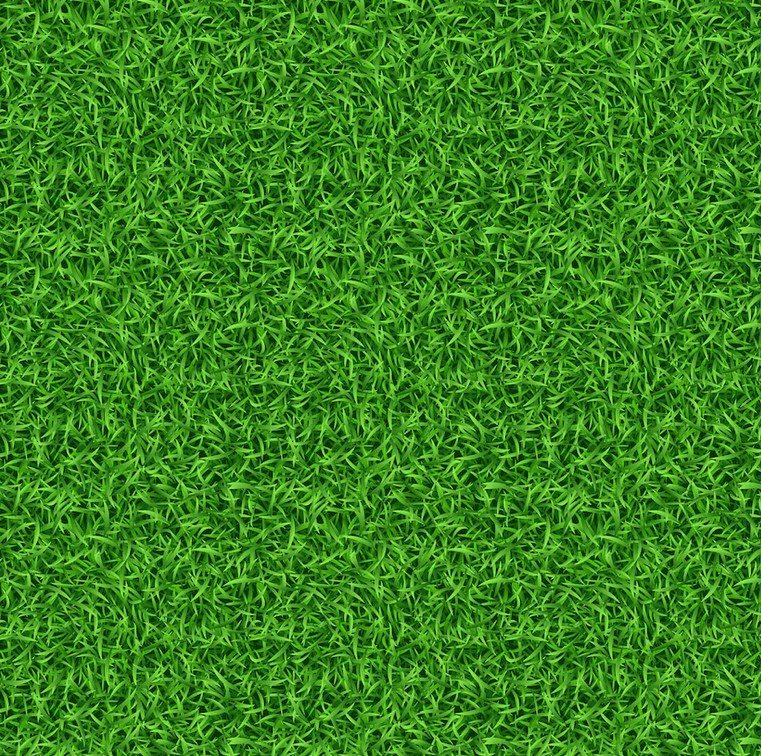
Proper soil preparation is critical to the success of your turf grass. Begin by evaluating the soil’s pH and nutrient content. Based on the results, you may need to amend the soil with lime or sulfur to adjust the pH and add organic matter to improve fertility and drainage.
Seeding vs. Sodding
There are two primary methods for planting all seasons turf grass: seeding and sodding. Seeding involves spreading grass seed over prepared soil, while sodding involves laying strips of pre-grown grass. Seeding is typically more affordable, but sodding provides instant results. Both methods have their pros and cons, so choose the one that best fits your budget and timeline.
Proper Planting Techniques
Whether you’re seeding or sodding, proper planting techniques are essential. For seeding, evenly distribute the seeds and cover them lightly with soil. Keep the soil consistently moist until the grass grows. For sodding, lay the strips tightly together, making sure there are no gaps. Water the sod thoroughly and continue to keep it moist until the roots are well-established.
Synthetic turf – a game-changer for anyone looking to enjoy a perfect lawn without the hassle.
What is Synthetic Turf?
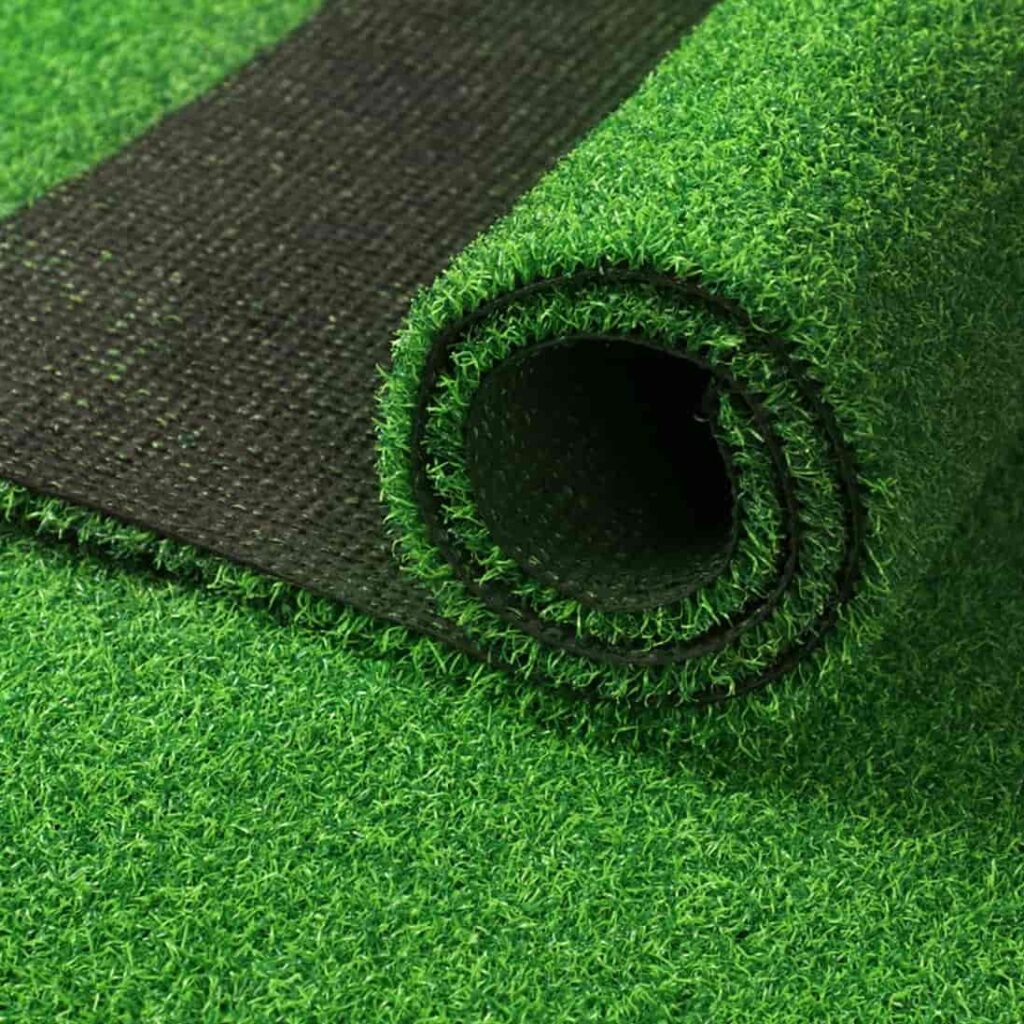
Synthetic turf, also known as artificial grass, is made from synthetic fibers designed to look and feel like natural grass. It was initially used in sports arenas but has since become popular in residential, commercial, and recreational areas.
One of the most significant advantages of synthetic turf is its long-term durability. Unlike natural grass, it doesn’t wear down quickly, making it an excellent long-term investment. Additionally, synthetic turf requires minimal maintenance, saving you both time and money.
But what truly sets synthetic turf apart is its consistency. Regardless of the season, it remains green and vibrant, providing a visually appealing landscape year-round.
The Environmental Impact of Synthetic Turf
When considering synthetic turf, it’s essential to think about its environmental impact. One of the most significant advantages is increased water conservation. Natural grass lawns require a substantial amount of water, especially during hot summer months. Synthetic turf eliminates the need for regular watering, helping conserve this precious resource.
Furthermore, synthetic turf reduces the need for harmful pesticides and fertilizers. These chemicals can have detrimental effects on the environment, contaminating water sources and harming wildlife. By opting for synthetic turf, you’re making an eco-friendly choice that benefits the planet.
Additionally, synthetic turf can be recycled. Many manufacturers are now producing turf that can be repurposed at the end of its life cycle, further reducing its environmental footprint.
Cost Considerations
While the initial cost of installing synthetic turf may be higher than natural grass, it’s crucial to consider the long-term savings. With synthetic turf, you eliminate the need for regular watering, mowing, fertilizing, and pest control. Over time, these savings can add up, making synthetic turf a more cost-effective option.
Furthermore, synthetic turf has a longer lifespan than natural grass. With proper care, high-quality synthetic turf can last up to 15 years or more. This longevity means fewer replacements and lower overall costs.
Another cost benefit is the reduced need for maintenance equipment. Synthetic turf, lawnmowers, trimmers, and irrigation systems are unnecessary, translating to additional savings.
Versatility and Aesthetic Appeal
One of the most appealing aspects of synthetic turf is its versatility. It can be used in a variety of settings, from residential lawns and gardens to commercial spaces and sports fields.
Synthetic turf also offers consistent aesthetic appeal. Unlike natural grass, which can become patchy or discolored over time, synthetic turf maintains its lush, green appearance all year. This consistency enhances the overall look of your property, making it more attractive and inviting.
Additionally, synthetic turf comes in various styles and shades, allowing you to choose the perfect look for your space. Whether you prefer a manicured lawn or a more natural appearance, there’s a synthetic turf option to suit your needs.
Low Maintenance Requirements
One of the most significant advantages of synthetic turf is its low maintenance requirements. Unlike natural grass, which needs regular mowing, watering, and fertilizing, synthetic turf requires minimal upkeep.
To keep your synthetic turf looking its best, you only occasionally need to rinse it with water to remove dust and debris. For stubborn stains or spills, a mild detergent and a soft brush will do the trick. This easy maintenance routine frees up your time, allowing you to enjoy your lawn rather than work on it.
Additionally, synthetic turf is resistant to pests and weeds. Therefore, harmful pesticides and herbicides are unnecessary, making it a safer option for families and pets.
Durability and Longevity
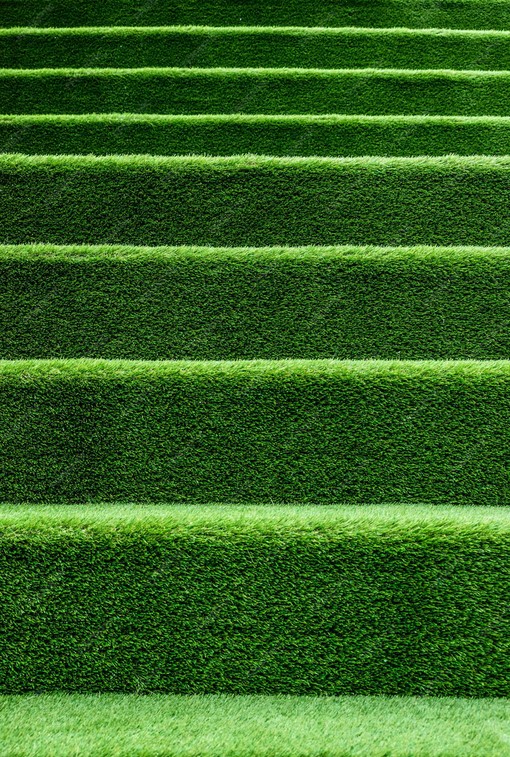
Synthetic turf is known for its strength and longevity. Unlike natural grass, which can be easily damaged by heavy foot traffic or extreme weather, synthetic turf is designed to withstand various conditions.
High-quality synthetic turf is made from durable materials that resist wear and tear. It can handle heavy use, making it ideal for areas with high foot traffic, such as playgrounds, sports fields, and commercial spaces.
Furthermore, synthetic turf doesn’t fade or become discolored over time. It maintains its vibrant green appearance, even under harsh sunlight or heavy rain. This durability ensures that your lawn looks great year after year.
Safety Features
Safety is a crucial consideration when choosing lawn materials, especially if you have children or pets. Synthetic turf offers several safety benefits that make it an excellent choice for families.
First, synthetic turf provides a soft, cushioned surface that reduces the risk of injuries from falls. This feature is particularly beneficial for playgrounds and sports fields, where falls are more common.
Additionally, synthetic turf is non-toxic and hypoallergenic, making it safe for both people and pets. Unlike natural grass, it doesn’t harbor allergens, such as pollen or mold, which can trigger allergies or respiratory issues.
Finally, synthetic turf is heat-resistant, meaning it won’t boil in direct sunlight. This feature makes it safe for barefoot play, even on hot summer days.
Water Conservation
Water conservation is a significant concern for many homeowners, especially in regions prone to droughts. Synthetic turf offers an excellent solution to this problem, as it requires no watering.
Traditional lawns consume a substantial amount of water, with some estimates suggesting that up to 70% of residential water use goes toward landscaping. By switching to synthetic turf, you can significantly reduce your water usage, helping conserve this valuable resource.
Synthetic turf saves water and eliminates the need for irrigation systems. This reduction in water usage translates to lower utility bills, providing additional savings over time.
All-Weather Performance
One of the standout features of synthetic turf is its all-weather performance. Regardless of the season or weather conditions, synthetic turf remains lush and green.
Natural grass can suffer from various weather-related issues, such as drought, frost, or heavy rain. These conditions can result in patchy, discolored, or muddy lawns. Synthetic turf, on the other hand, is designed to withstand all weather conditions, providing a consistently beautiful lawn year-round.
This all-weather performance makes synthetic turf an excellent choice for regions with extreme climates. Whether you live in a hot, dry area or a region with heavy rainfall, synthetic turf will maintain its appearance and functionality.
Pet-Friendly Landscaping
Finding a suitable landscaping solution can be challenging for pet owners. Natural grass can be damaged by pet activities such as digging or running and can harbor pests like fleas and ticks. Synthetic turf offers a pet-friendly alternative that addresses these concerns.
Synthetic turf is durable and resistant to pet-related damage. It can handle heavy use and won’t develop unsightly patches or holes. Additionally, artificial turf is easy to clean, making it a hygienic option for pets. Pet waste can be easily removed, and the turf can be rinsed with water to keep it fresh.
Furthermore, synthetic turf is free from harmful chemicals, such as pesticides and fertilizers, making it safe for pets to play on. It’s also non-toxic and hypoallergenic, ensuring a secure and comfortable environment for your furry friends.
Enhancing Curb Appeal
Curb appeal plays a significant role in the overall value and attractiveness of your property. A well-maintained lawn can enhance your home’s appearance and create a positive first impression. Synthetic turf offers a consistent, attractive lawn that boosts curb appeal without the hassle of maintenance.
This consistency enhances the overall look of your property, making it more inviting and attractive to visitors.
Additionally, synthetic turf is available in various styles and shades, allowing you to choose the perfect look for your home. Whether you prefer a manicured lawn or a more natural appearance, there’s a synthetic turf option to suit your needs.

At TXPavers and Turf, we pride ourselves on providing top-notch synthetic turf installation across Texas. Whether you’re in Dallas, Austin, Houston, or anywhere in between, our expert team is ready to transform your space.
Services
- Residential Lawns: Improve your home’s curb appeal with our realistic, natural-looking turf.
- Commercial Spaces: Impress clients and visitors with pristine green spaces.
- Sports Fields: Durable and resilient surfaces for any sport.
- Playgrounds: Safe and clean play areas for children.
Get Started Today!
Are you ready to make your yard the envy of the neighborhood? Contact us for a free consultation and see how we can help you achieve a beautiful, hassle-free lawn.

📞 Call us at [972 900-2132] or visit our website to learn more and schedule your appointment.
Seasonal Care Tips
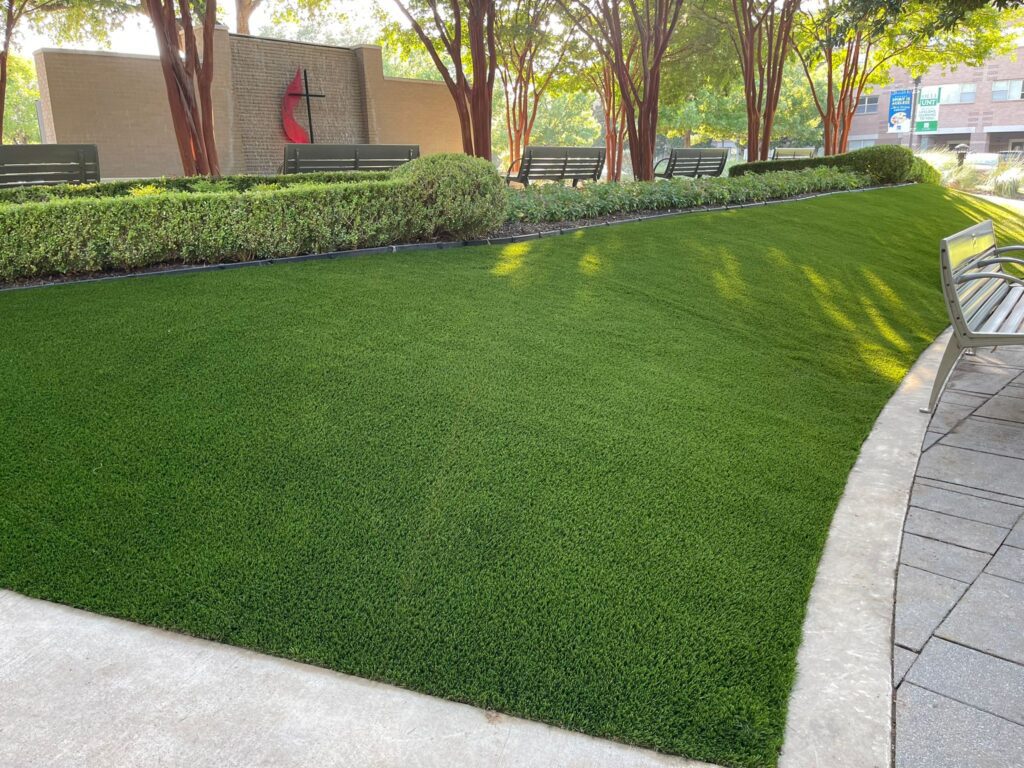
Spring
Spring is the ideal time to prepare your lawn for the growing season. Begin by removing any debris, such as leaves and sticks. Aerate the soil to improve drainage and prevent compaction. Apply a pre-emergent herbicide to prevent weed growth and fertilize to promote healthy growth.
Summer
Summer can be challenging for your lawn due to heat and drought conditions. Water deeply and infrequently, and mow at a higher height to reduce stress on the grass. Avoid heavy fertilization during the hottest months, as this can lead to excessive growth and increased water needs.
Fall
Fall is an excellent time to repair any damage from the summer and prepare your lawn for winter. Overseed thin or bare areas and apply a balanced fertilizer to promote root growth. Continue to mow and water as needed, and remove fallen leaves to prevent smothering the grass.
Winter
Winter care for your lawn involves protecting it from harsh conditions. Avoid heavy foot traffic on frozen grass, as this can cause damage. If you live in an area with snow, consider using a light layer of straw to insulate the grass. Avoid using salt for ice control, as it can harm your lawn.
Eco-Friendly Turf Grass Care Practices
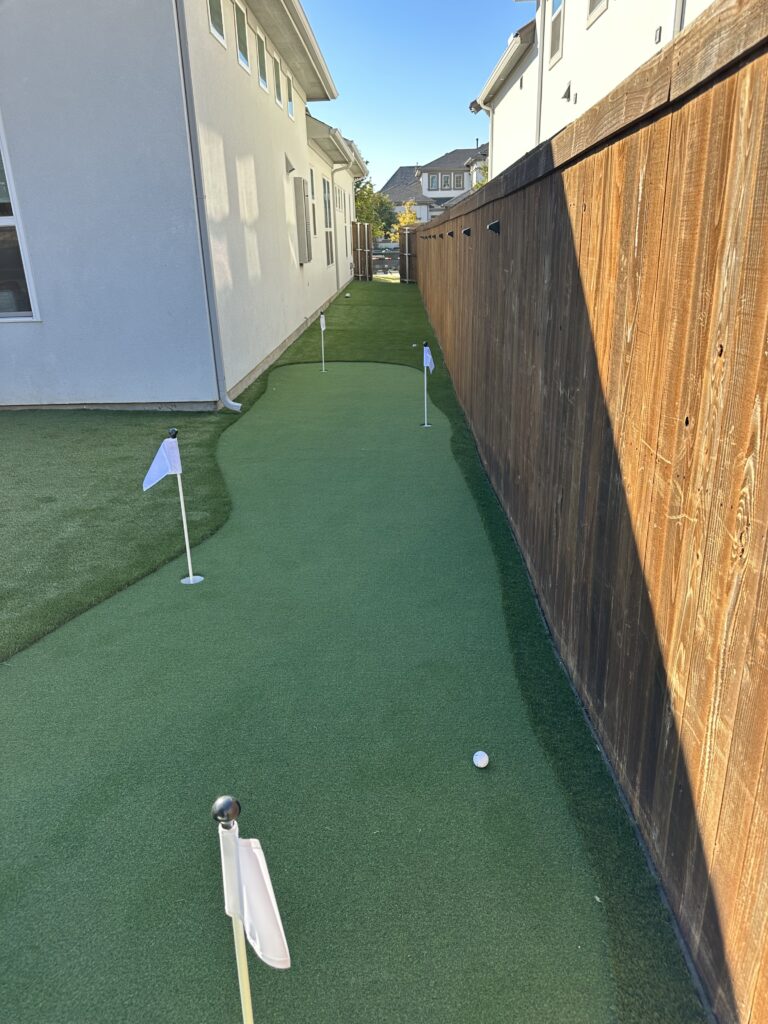
Organic Fertilizers
Using organic fertilizers can benefit your lawn and the environment. Organic fertilizers release nutrients slowly, promoting steady growth and reducing the risk of runoff. They also improve soil structure and support beneficial microorganisms.
Water Conservation
Conserving water is essential, especially in regions prone to drought. Install a rain barrel to collect rainwater for irrigation, and consider using a drip irrigation system to deliver water directly to the roots. Choose drought-tolerant turf grass varieties to reduce water needs.
Natural Pest Control
Natural pest control methods can help maintain a healthy lawn without the use of harmful chemicals. Plant diverse plants and flowers to encourage beneficial insects, such as ladybugs and predatory beetles. Use natural remedies like neem oil or diatomaceous earth to control pests without harming the environment.
Conclusion
All-season turf grass offers a practical solution for maintaining a beautiful lawn year-round. By choosing the right variety, planting correctly, and following proper maintenance practices, you can enjoy a lush, green yard throughout every season. The benefits of all-season turf grass, from its durability to its low maintenance needs, make it an excellent choice for homeowners and landscapers alike.

